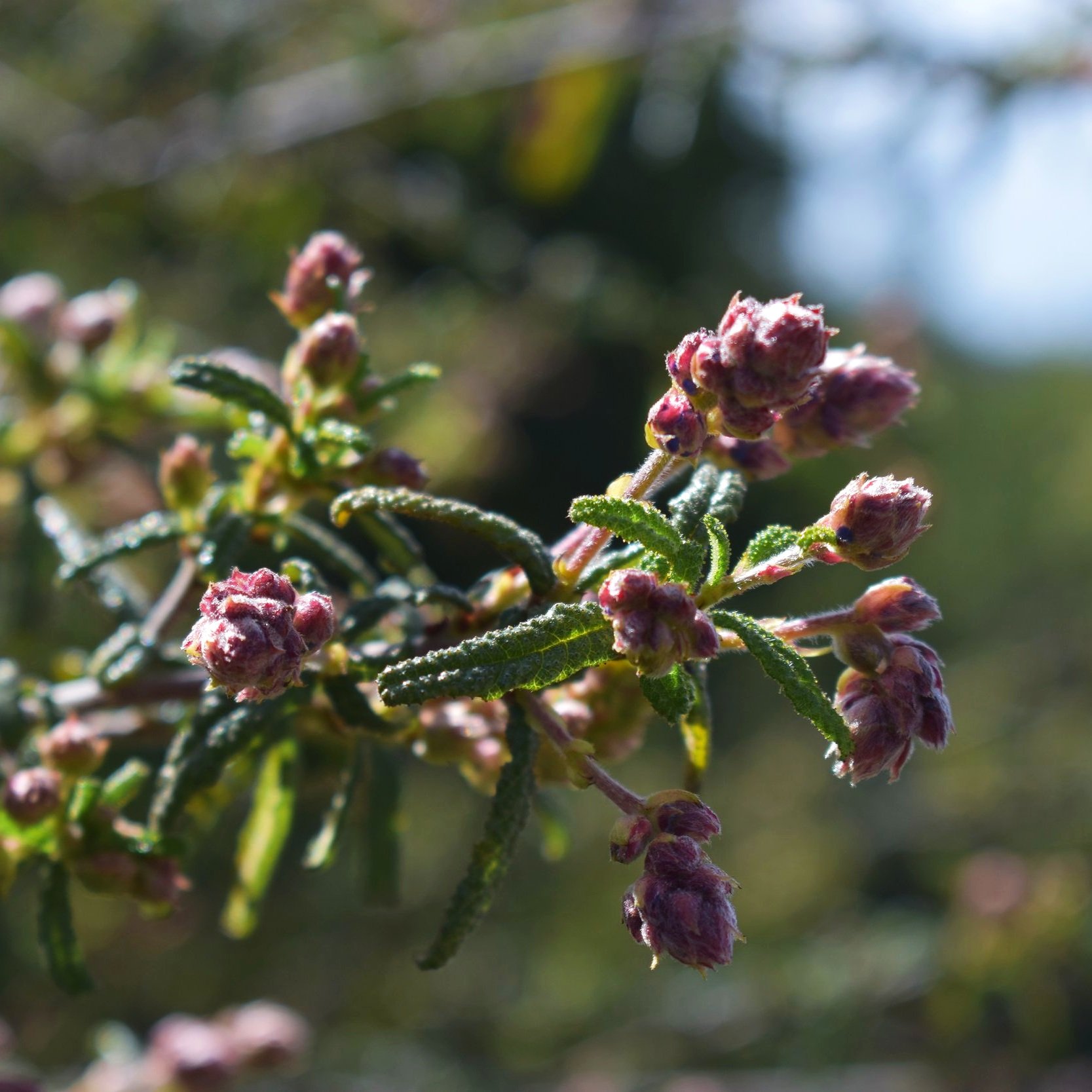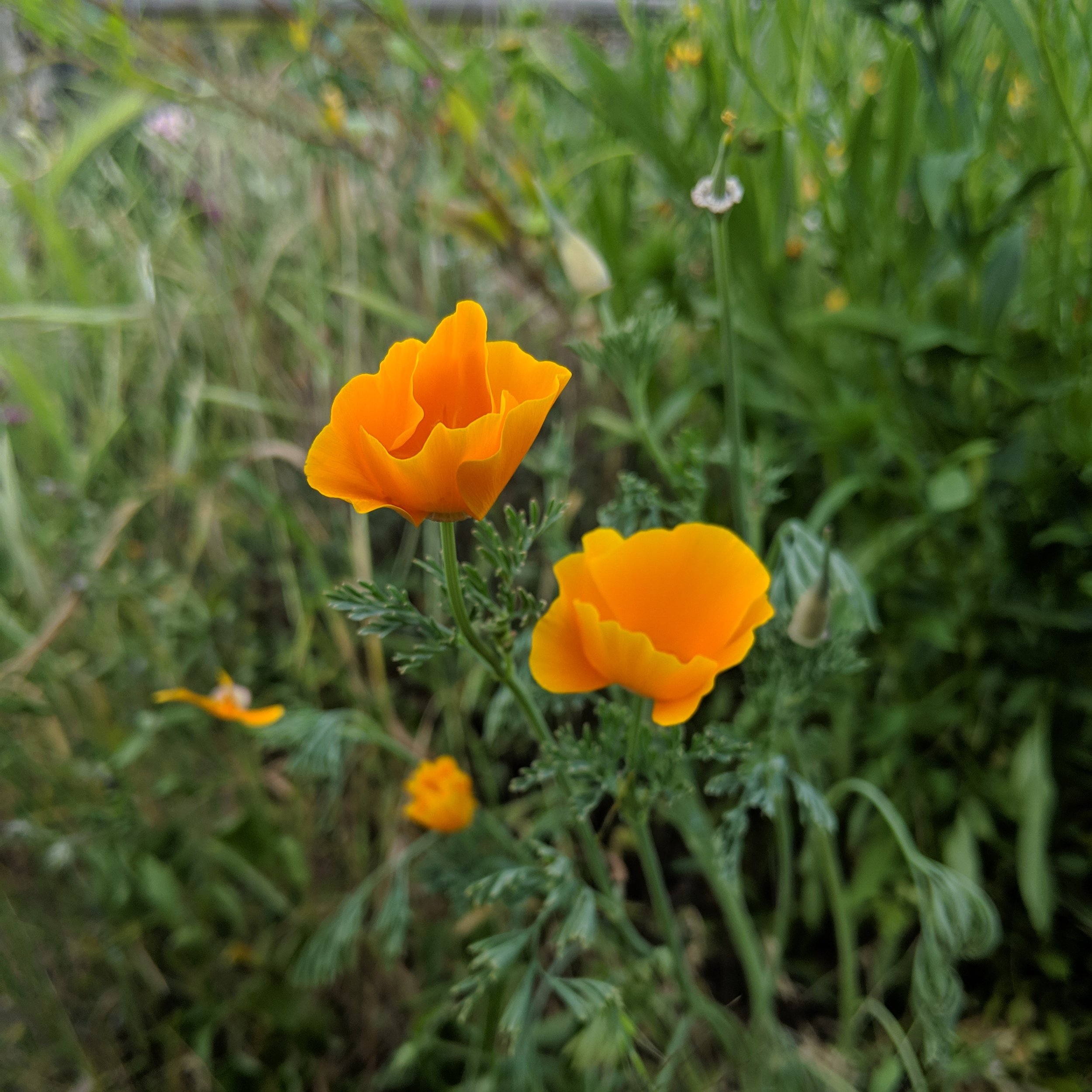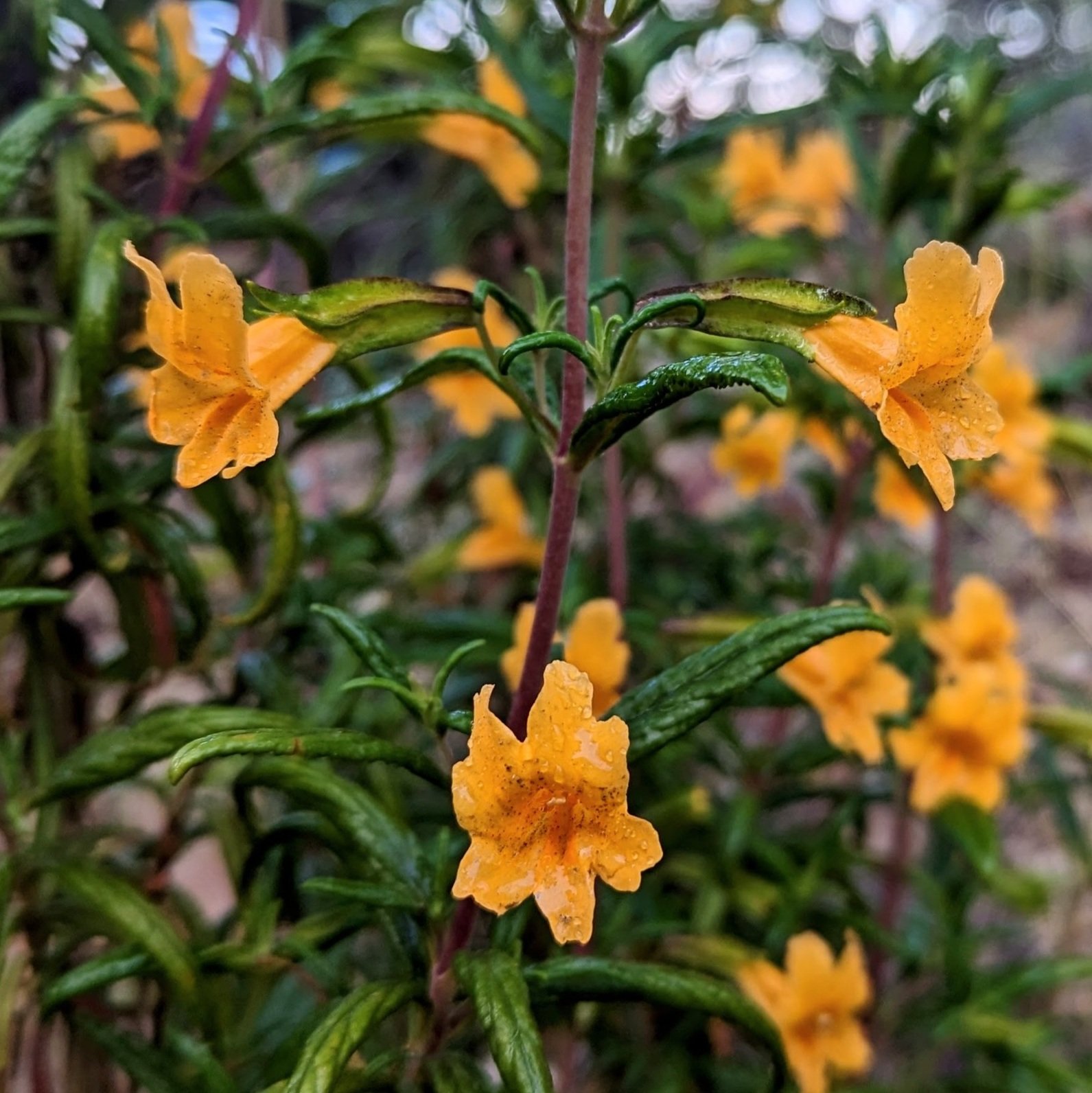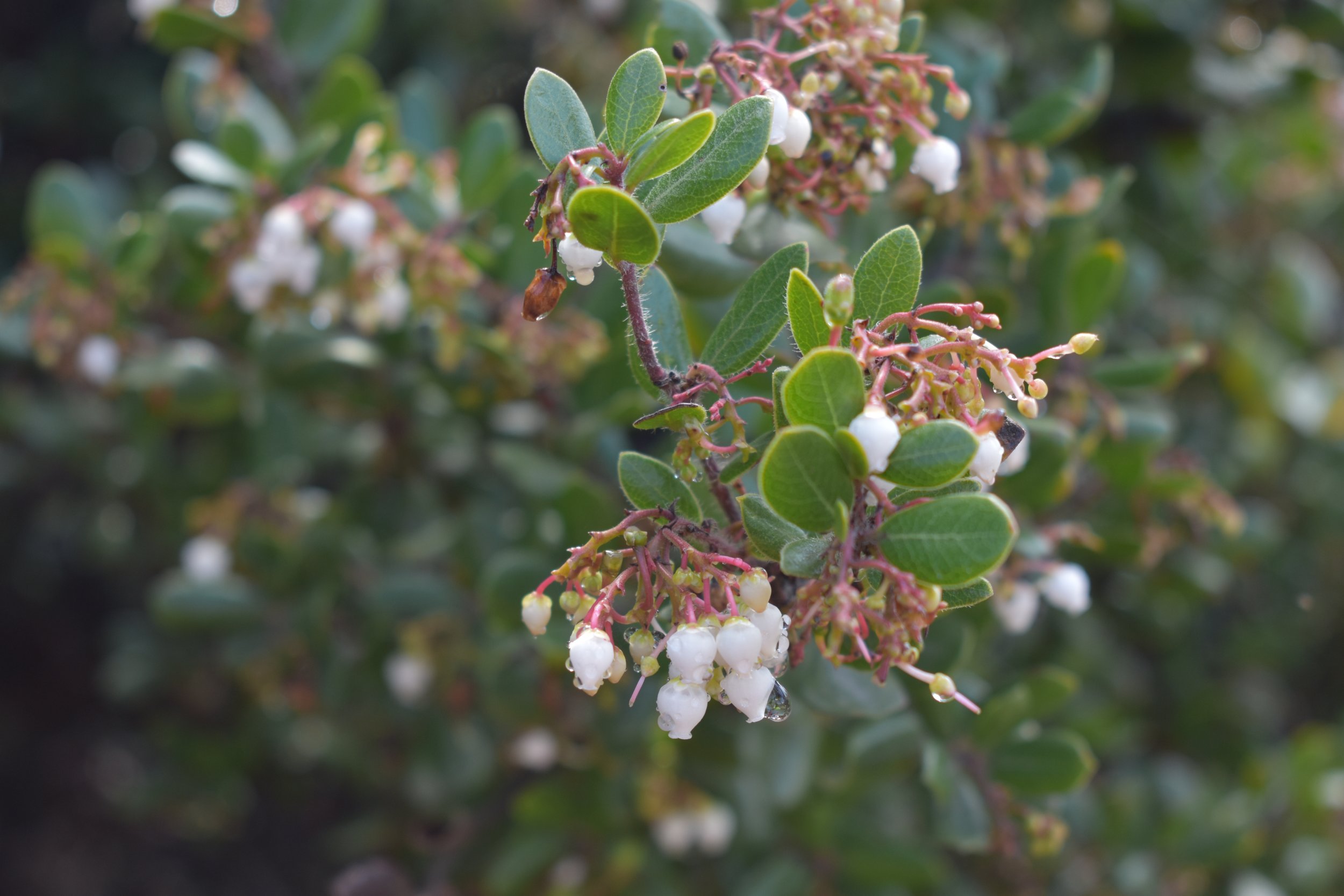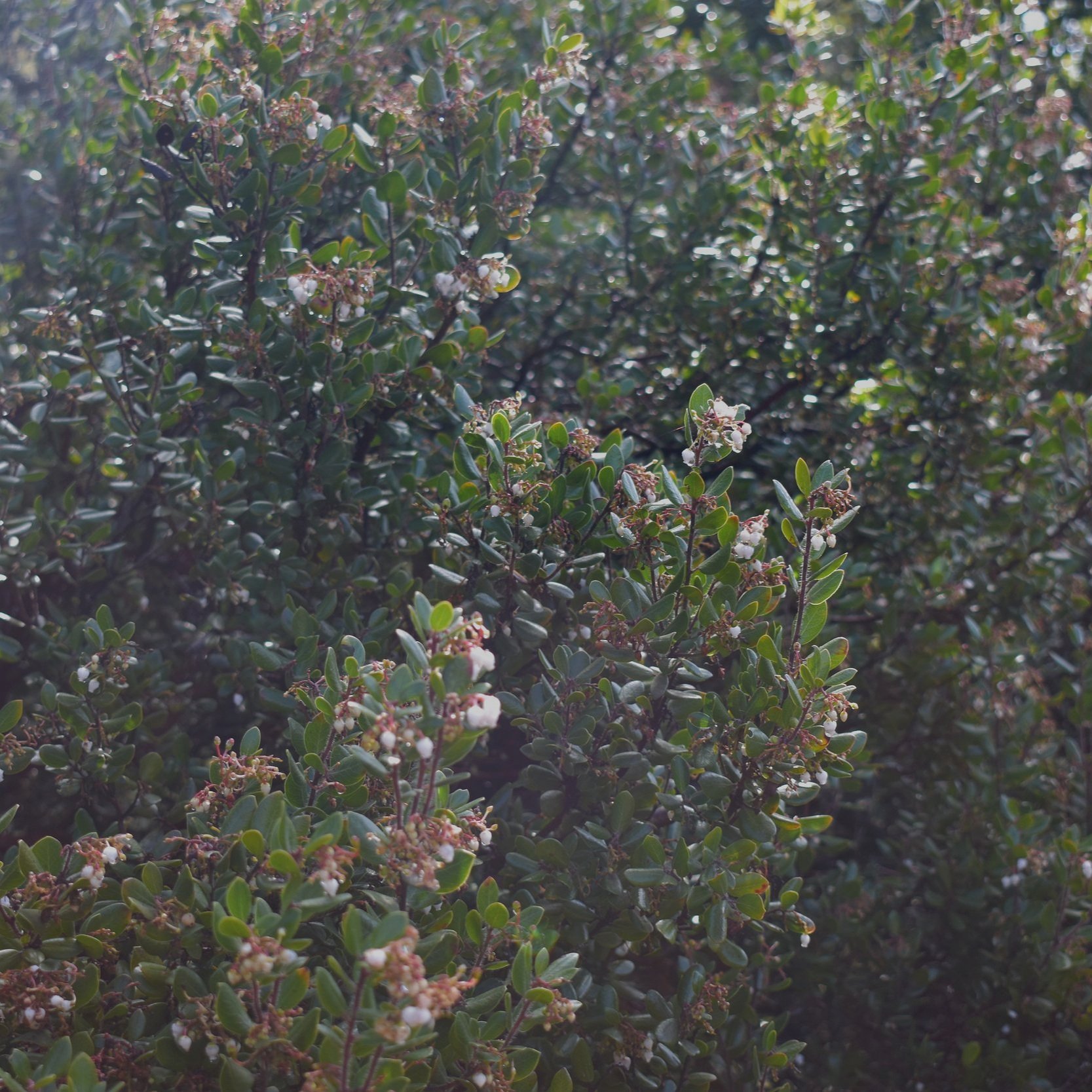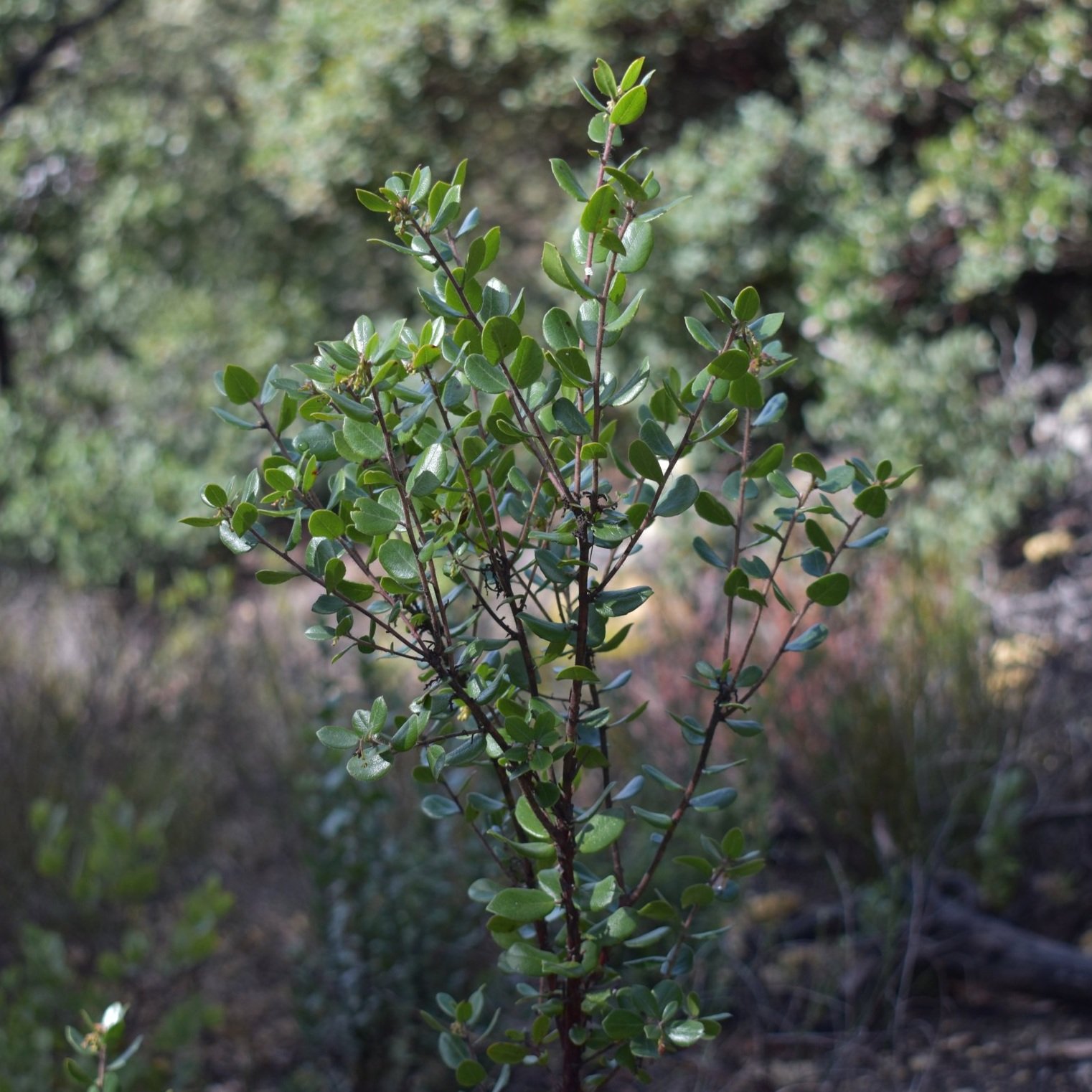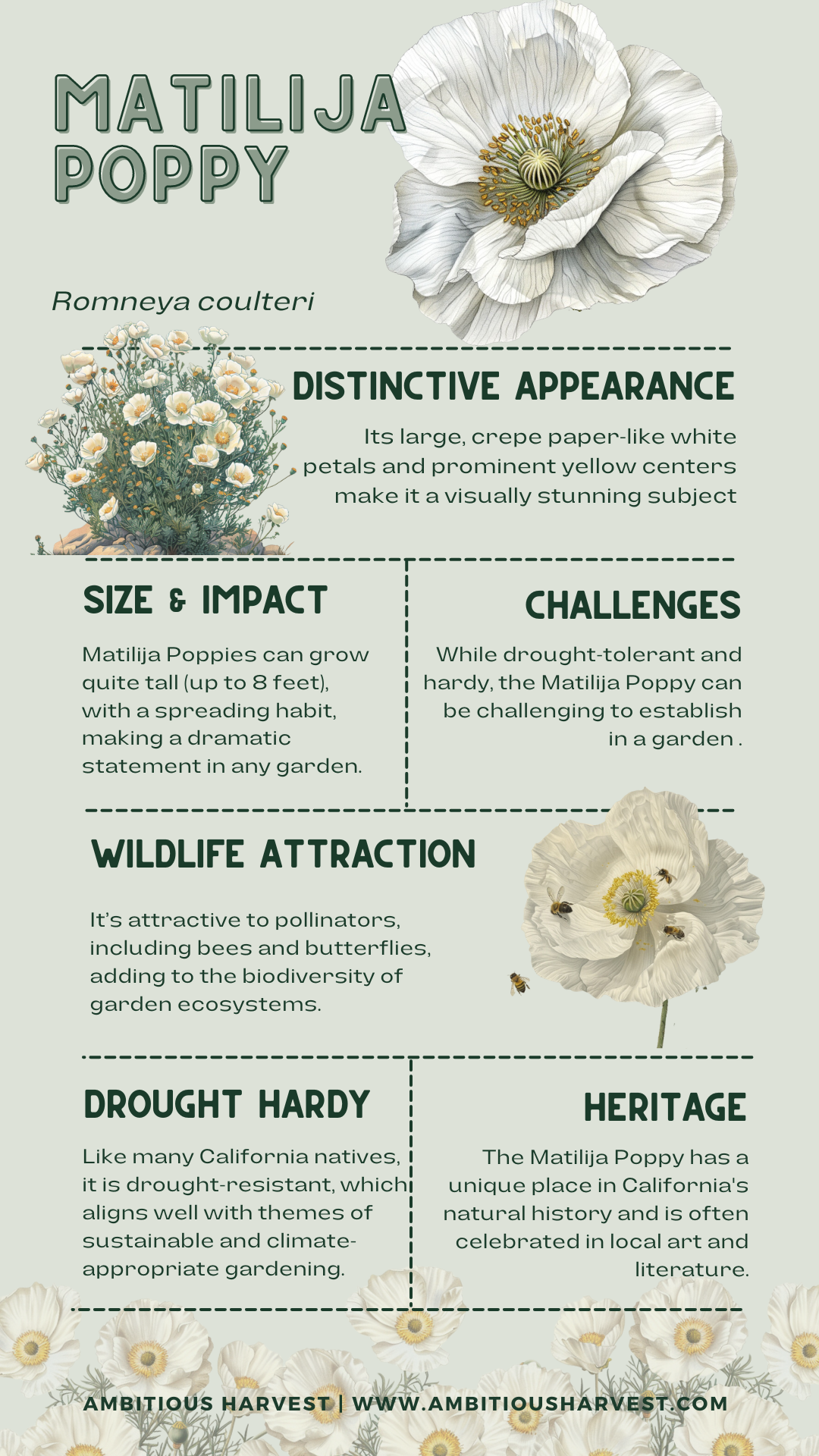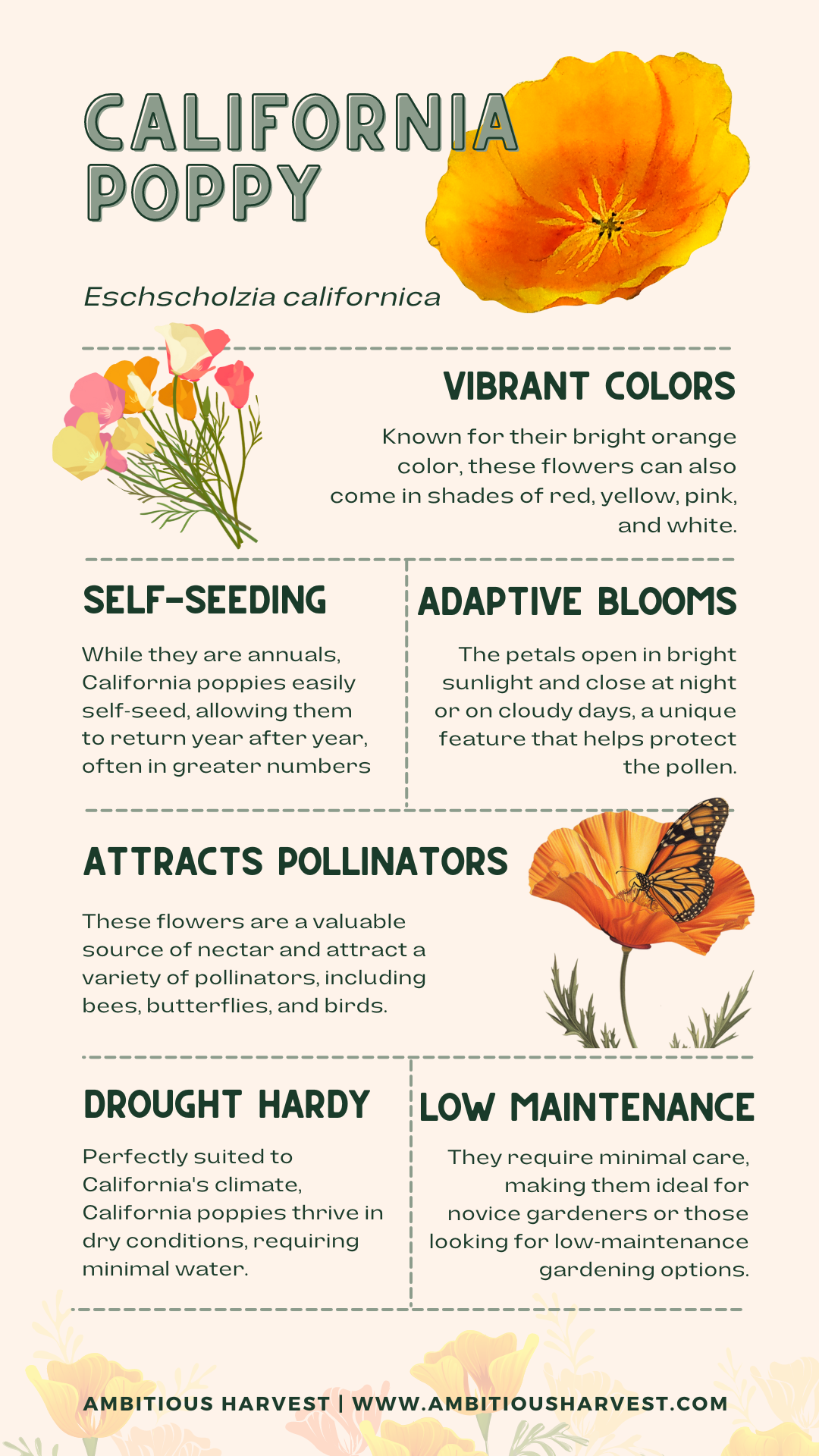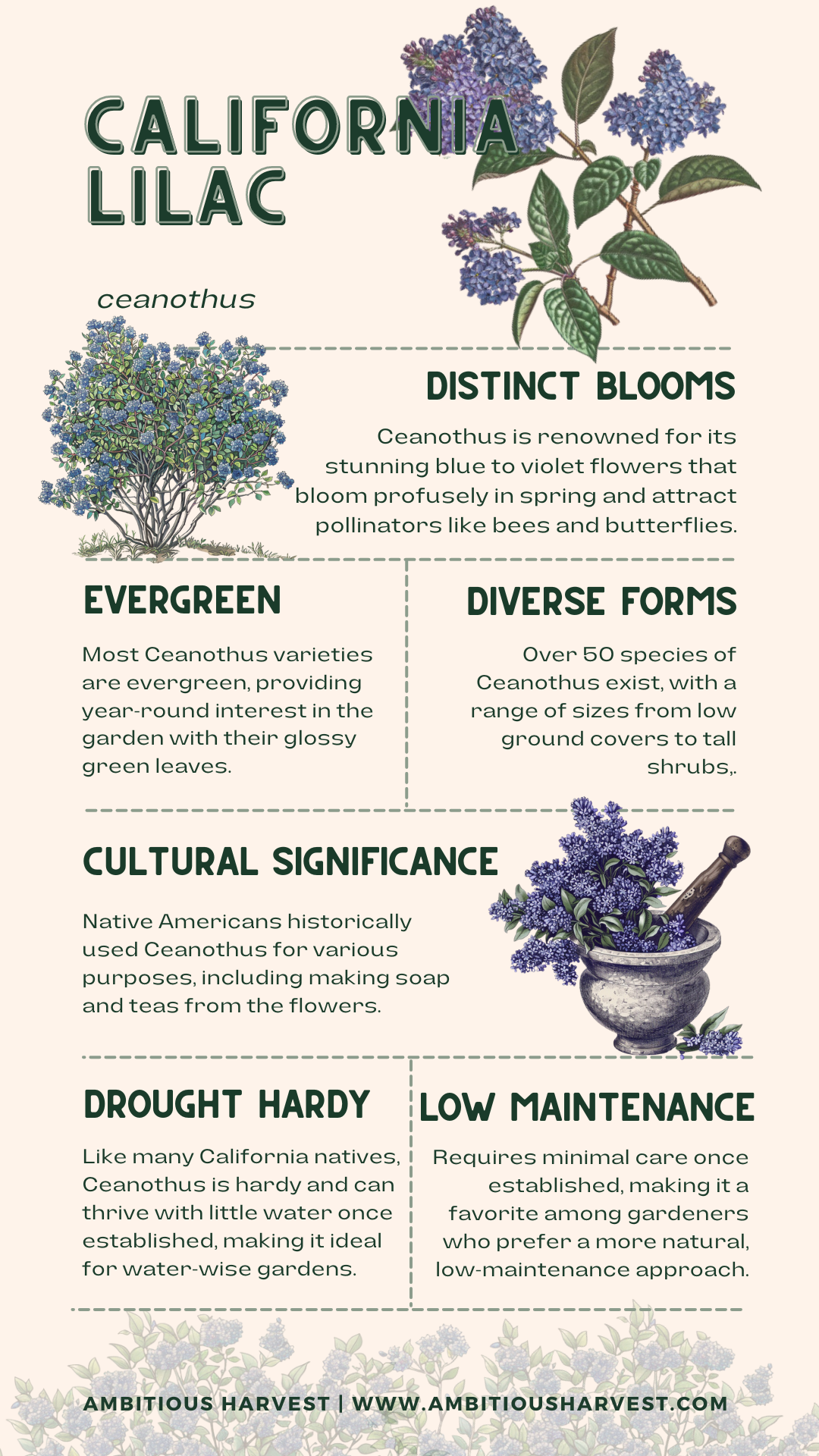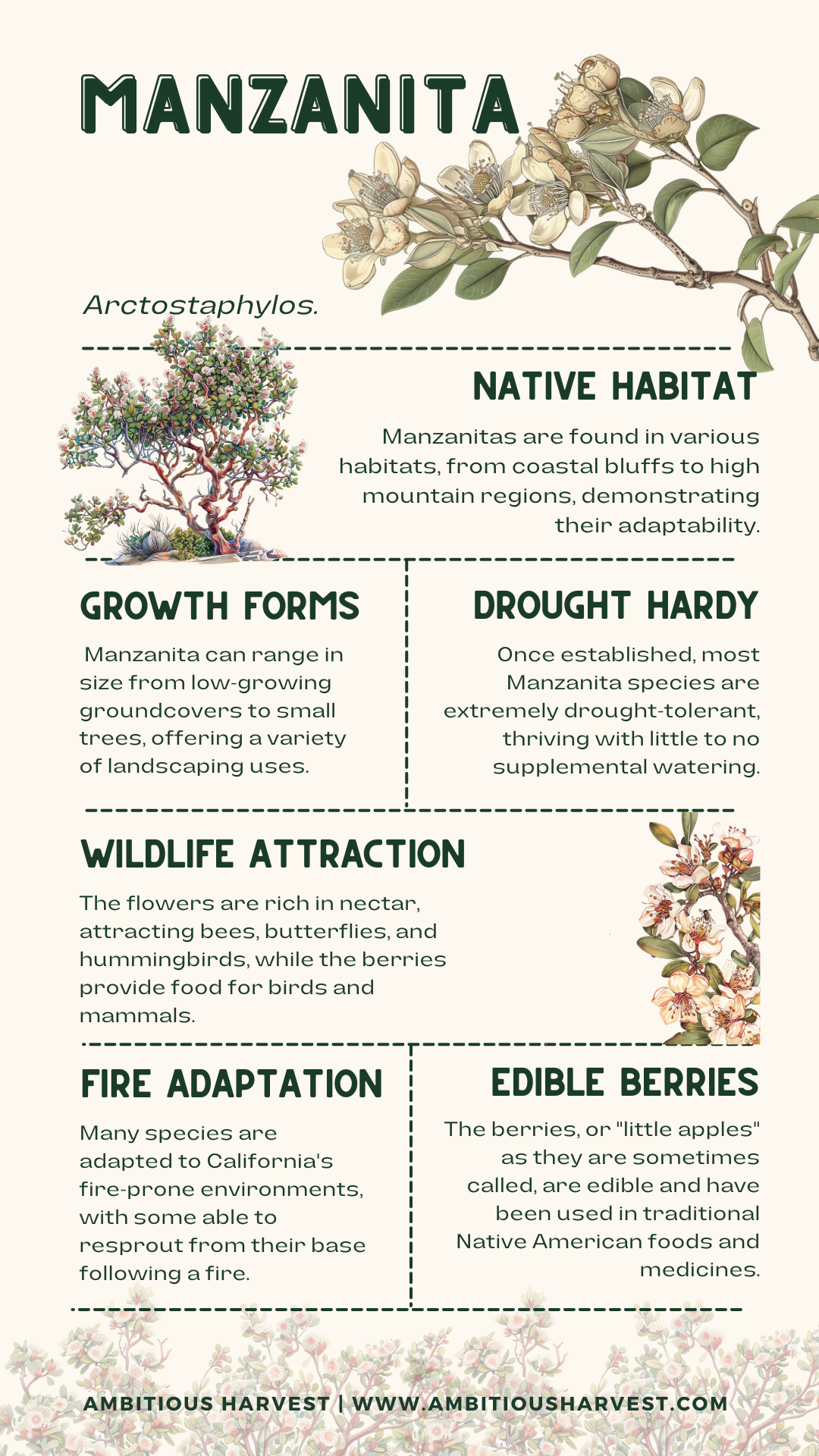Why Native Garden Design is Essential for Eco-Friendly Landscaping
Revitalizing Your Garden with Native Plants
Gone are the days of generic gardening. Today, native garden design is transforming backyards by harmonizing aesthetic appeal with ecological sensitivity. Opting for native plants isn't merely a landscaping choice—it's a conscious decision to foster biodiversity, support local wildlife, and minimize the environmental impact of gardening. Native species are perfectly adapted to their home environments, requiring fewer resources such as water, fertilizers, and pesticides. This not only makes your garden maintenance easier but also ensures it plays a role in preserving the natural local ecosystem.
Why Native Plants Matter
The choice to incorporate native plants into your garden goes beyond aesthetic value; it is vital for sustaining the local ecosystem. Native plants have evolved to thrive in the specific conditions of your area, making them ideally suited for local weather, soil, and the needs of nearby wildlife. By planting natives, you reduce water usage and eliminate the need for chemical interventions, while providing crucial habitat for birds, bees, and butterflies. This natural approach helps to maintain and enhance biodiversity in your community.
Enhancing Local Ecosystems Through Native Gardening
Native gardening offers significant ecological benefits. It maintains biodiversity by providing habitats for local wildlife, including crucial pollinators and native birds. These plants have adapted over millennia to local conditions, making them robust enough to thrive with minimal intervention. This resilience translates to lower water usage and a reduced need for chemical pesticides and fertilizers. Additionally, native plants contribute to the structure of the local ecological community by forming symbiotic relationships with other local species, which helps to stabilize the local ecosystem.
Conserving Water with Native Plants
A standout benefit of native garden design is its efficiency in water usage. Native plants require substantially less water than their non-native counterparts, aligning perfectly with the eco-conscious goals of gardeners in drought-prone areas like Santa Cruz County. By planting species that are adapted to the local climate, gardeners can significantly reduce their landscape's water demand, easing the strain on municipal water supply and contributing to overall water conservation efforts.
Supporting Wildlife with Native Flora
A native garden is a sanctuary for local wildlife. By planting native species, you provide essential resources for local fauna such as birds, insects, and mammals. These plants offer suitable nesting sites, natural food supplies, and protective shelter, contributing to a thriving local biodiversity. Moreover, native plants tend to attract native pollinators, enhancing pollination in your garden and helping with the growth of fruits and vegetables.
The Beauty of Native Gardens
Native gardens do not sacrifice beauty for sustainability. These landscapes are designed to complement the natural scenery, integrating seamlessly with the local environment. They bloom with the rhythms of the seasons, providing a dynamic display that changes throughout the year. By using plants that are naturally adapted to the local environment, native gardens are often more robust and vibrant than those filled with non-native species.
Getting Started with Native Garden Design
Planning a native garden involves understanding the specific environmental conditions of your area. Start by researching the native species that thrive in your local climate and soil conditions. Consider the specific needs of your garden space, such as sunlight, soil type, and water availability. Plant strategically, placing sun-loving species in bright spots and moisture-loving plants in damp areas. Remember, the goal is to mimic the natural ecological processes, so diversity in plant selection is crucial.
Favorite Native Plants for Santa Cruz County Gardens
Incorporating native plants into your Santa Cruz County garden not only enhances its beauty but also supports local ecology. Here are some top picks that are both attractive and beneficial:
California Poppy (Eschscholzia californica): As the state flower, the California Poppy is a brilliant addition to any garden with its vibrant orange blossoms. This drought-tolerant plant thrives in full sun and poor soil, lighting up any space from spring through early summer.
Matilija Poppy (Romneya coulteri): Known for its large, showy white flowers that resemble fried eggs, the Matilija Poppy is a stunning choice for larger spaces. It’s extremely drought-resistant and thrives in well-draining soils, making it perfect for dry, sunny areas.
Ceanothus (California Lilac): Available in many varieties, Ceanothus is celebrated for its lush blue to purple flowers that bloom profusely in spring and early summer. This shrub is excellent for attracting pollinators and adapts well to the local climate, requiring minimal watering once established.
Manzanita (Arctostaphylos): With its striking red bark and dense clusters of pink or white flowers, Manzanita is a beautiful year-round plant. It’s incredibly resilient, requiring little water once established, and provides valuable habitat for wildlife.
Monkeyflower (Mimulus): Offering a range of colors from yellow and orange to red and pink, Monkeyflowers are versatile and vibrant. They prefer well-draining soil and are quite adaptable, making them suitable for various garden settings.
These plants not only bring distinct color and texture to your garden but also form a sustainable habitat for local wildlife, helping to maintain the natural biodiversity of Santa Cruz County.
Common Pitfalls to Avoid in Native Gardening
While native gardening is beneficial, certain common mistakes can hinder your success. Avoid over-planting one species; diversity is key to a healthy garden ecosystem. Be mindful of the mature size of plants to prevent overcrowding. Additionally, resist the urge to over-tend your garden—native landscapes thrive with a more hands-off approach, which allows natural processes to manage plant health.
Urban Application of Native Garden Design
In urban settings, native garden design not only conserves resources but also brings a touch of wilderness to the cityscape. These gardens act as crucial green spaces that purify the air and provide respite from the concrete environment. They also offer essential corridors for urban wildlife, promoting ecological connectivity even in densely populated areas.
A Sustainable Approach to Gardening
Adopting native garden design isn’t just a gardening choice—it’s a commitment to environmental stewardship. This approach supports local wildlife, conserves natural resources, and provides a beautiful, resilient landscape that reflects the native beauty of Santa Cruz County. Whether you are a novice gardener or a seasoned horticulturist, native gardening offers a rewarding way to connect with the environment and contribute to local conservation efforts.

